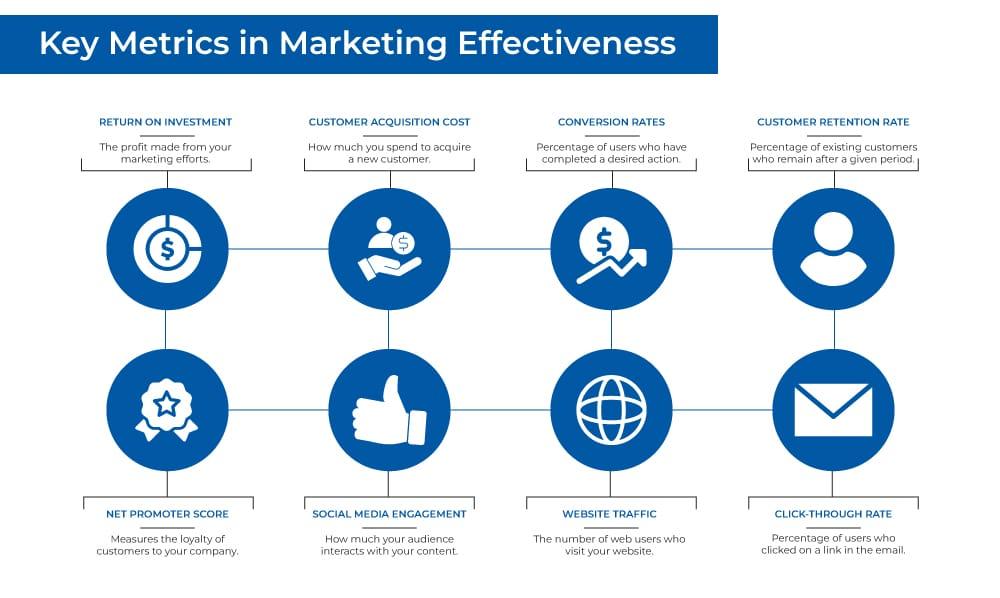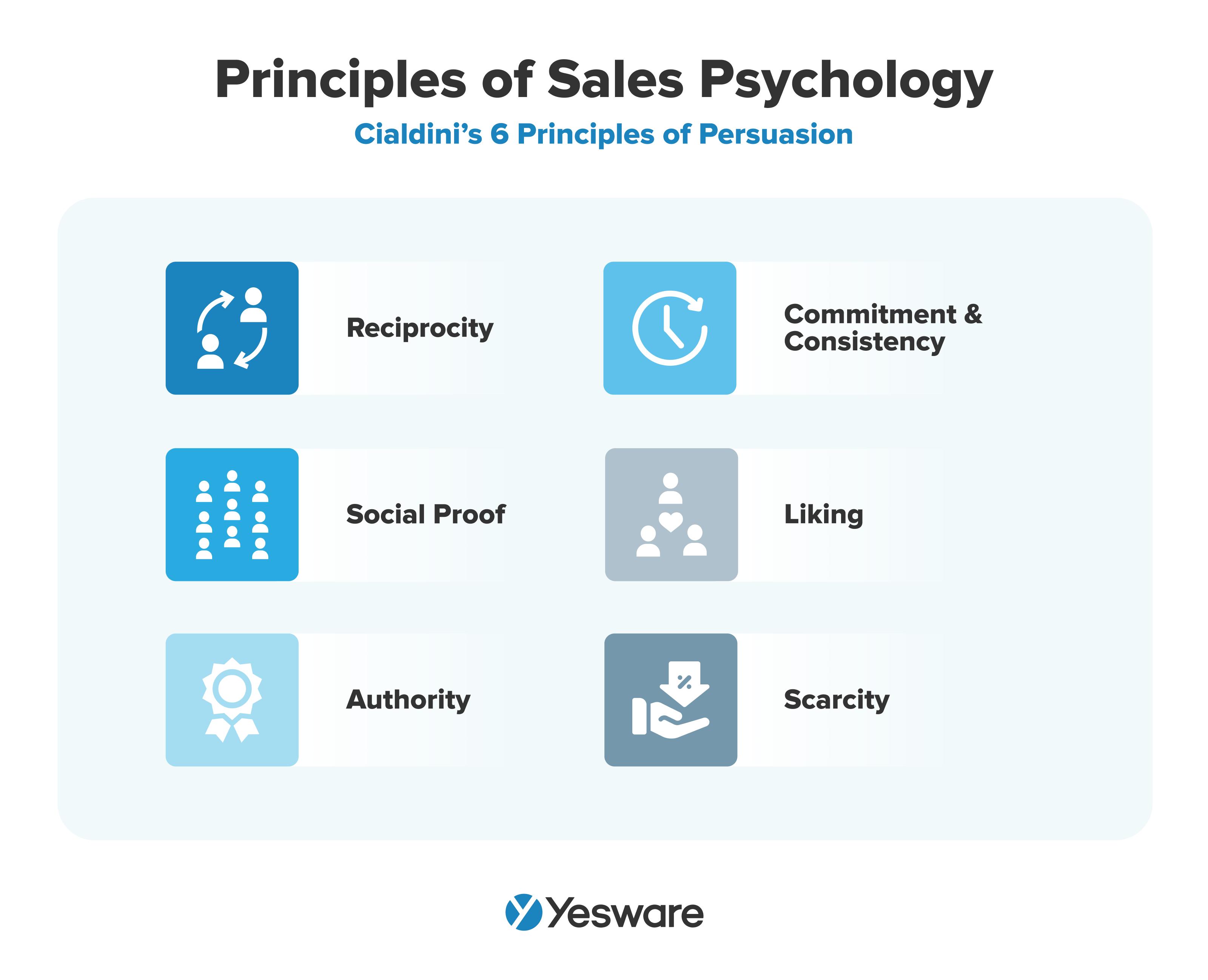In today’s digital landscape, determining the effectiveness of marketing initiatives is paramount for any business leader. It’s not simply a task to check off a list, but a crucial process that forms the foundation for insightful decision-making, efficient resource allocation, and ultimately, sustained business growth. This comprehensive guide will delve into the intricacies of measuring marketing effectiveness, providing you with the knowledge to achieve your business goals.
What is Marketing Effectiveness?
Marketing effectiveness measures how marketing actions positively influence final business outcomes, encompassing everything from heightened brand awareness to boosted sales. It’s about evaluating the extent to which your marketing efforts meet their intended objectives and contribute to your overarching business goals.
The Importance of Measuring Marketing Effectiveness
Measuring marketing effectiveness is essential for business growth and sustainability. It provides concrete evidence of what strategies are working and those that aren’t, enabling you to allocate your marketing budget efficiently. By identifying high-performing marketing activities, you can invest more in those areas and reduce or refine underperforming ones, ensuring maximum return on your marketing investment.
Key Marketing Effectiveness Metrics
Marketing metrics are measurable values used to assess the success of marketing efforts. They offer objective evidence of the effectiveness, or lack thereof, of your strategies and campaigns. Let’s explore some crucial metrics:
1. Return on Investment (ROI)
ROI calculates the profit generated from your marketing efforts relative to their cost. A positive ROI signifies a profitable campaign, while a negative one indicates a loss.
2. Customer Acquisition Cost (CAC)
CAC determines how much you spend to acquire a new customer. Understanding this metric helps you gauge whether your customer lifetime value exceeds the CAC, a crucial factor in long-term profitability.
3. Conversion Rates
Conversion rates represent the percentage of users who complete a desired action (e.g., purchase, form submission, newsletter subscription) out of the total number of visitors. High conversion rates typically indicate a strong resonance between your marketing message, target audience, and a compelling call to action.
4. Customer Retention Rate (CRR)
CRR measures the percentage of customers a company retains over a specific period. A high CRR usually indicates satisfied customers who are more likely to make repeat purchases, becoming a steady revenue source.
5. Net Promoter Score (NPS)
NPS gauges customer satisfaction and loyalty by asking customers how likely they are to recommend your company, product, or service to others. Responses categorize customers into Promoters, Passives, and Detractors, with the NPS calculated by subtracting the percentage of Detractors from Promoters.
6. Social Media Engagement
Social media engagement encompasses metrics like likes, shares, comments, retweets, and follows. High engagement signifies a strong connection with the audience, increased brand visibility, and potential for higher conversion rates.
7. Website Traffic
Website traffic measures the number of visits to your website. Higher traffic often implies successful SEO and content marketing, attracting potential customers. Analyzing traffic sources (e.g., direct, organic, referrals, social, paid) offers insights into the best-performing marketing channels.
8. Email Open and Click-Through Rates
For email marketing, open and click-through rates (CTR) are crucial. Open rate measures the percentage of recipients who open the email, while CTR represents those who click a link within it. High rates suggest compelling email content, while low rates may indicate a need for improved subject lines or more engaging content.

Choosing the Right Metrics
The metrics you monitor should align with your specific business goals and campaign objectives. If running a brand awareness campaign, metrics like reach and impressions might be more relevant. For sales campaigns, focus on conversion rates and revenue. Avoid “vanity metrics” – numbers that look impressive but don’t contribute to your bottom line.
Measuring Digital Marketing Effectiveness
Digital marketing offers a wealth of opportunities to reach and engage audiences but presents unique measurement challenges.
Digital-Specific Metrics
Important digital marketing metrics include:
- Click-Through Rates (CTR): Percentage of people who click your ad or link compared to total viewers.
- Bounce Rates: Percentage of visitors who leave your website after viewing only one page. A high bounce rate suggests potential issues with website design, content, or navigation.
Tools and Techniques for Tracking Digital Effectiveness
Tools like Google Analytics and social media analytics provide insights into user behavior, campaign performance, audience demographics, and more. UTM parameters added to URLs can track the effectiveness of campaigns, content, and individual links.
Evaluating Marketing Campaign Effectiveness
Setting Measurable Goals
The first step in campaign evaluation is setting clear, measurable goals, or Key Performance Indicators (KPIs). These benchmarks compare your campaign’s actual performance against expectations.
Techniques for Data Collection and Analysis
Use tools like Google Analytics, social media analytics, surveys, and feedback forms to gather both quantitative and qualitative data. Analyze this data to assess campaign performance, considering both absolute numbers and relative changes.
Examples of Effective Campaign Evaluation
- Case Study 1: A small online retailer uses email marketing to increase repeat purchases, segmenting their customer base and sending tailored product recommendations. They track email open rates, click-through rates, and repeat purchase rates, leading to successful implementation of email segmentation and personalization.
- Case Study 2: A tech start-up leverages social media to raise brand awareness and increase app downloads. They track follower growth, engagement rates, and app downloads originating from social media channels, optimizing their social media strategy based on the results.
Conclusion
Measuring marketing effectiveness is an ongoing journey crucial for achieving business goals. By understanding key metrics, leveraging digital tools, evaluating campaign performance, and adapting strategies based on data-driven insights, businesses can ensure their marketing efforts translate into tangible results and sustainable growth.


